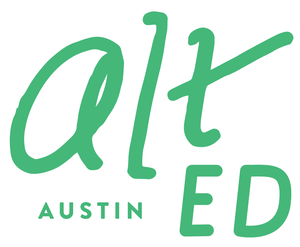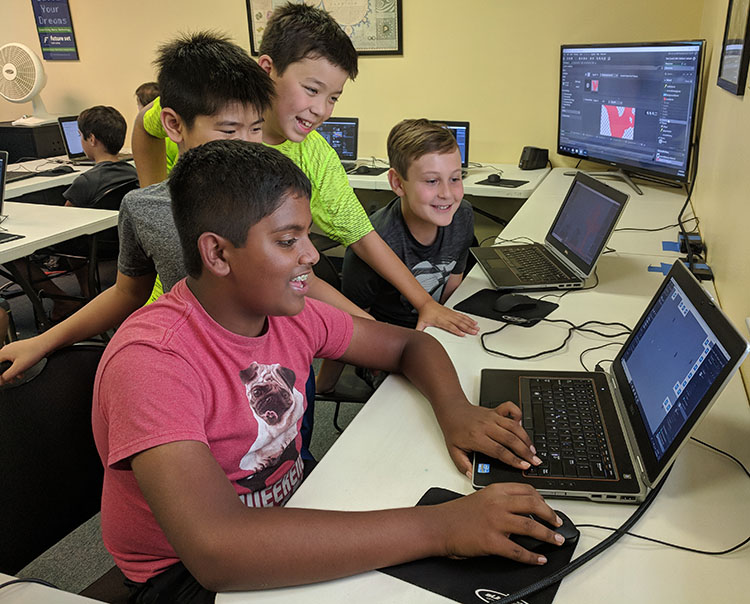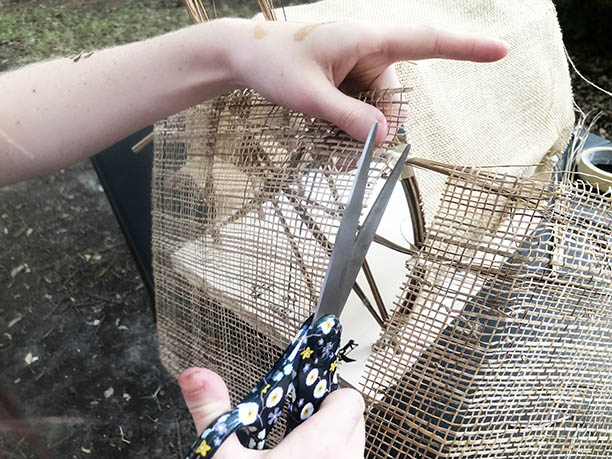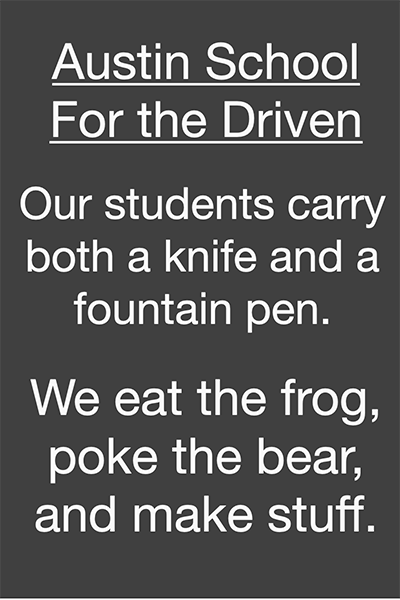If only I had learned to code!
/Photo credit: Homeschool Review Crew.
Ana-María Medina, Ph.D., is a mom, a professor at St. Edward’s University, the founder of Loving Life is Easy, and the Homeschool/Alt Ed Marketing Coordinator at Code Wizards HQ. In this guest post she explains why learning the language of coding is just as important as learning a foreign language.
As a Spanish educator for the last seventeen years, I have the value of language acquisition memorized. I have convinced hundreds of students (and parents!) that second language and immersion experiences are investments that keep giving for the long term. None of this is new. The Eaton Institute outlines the Top 10 Benefits of Learning a Foreign Language, and among the weightiest of these are that it enhances brain power and that it improves career opportunities.
Considering that our kids are going into a world in which the college investment is, for many, of questionable value, the ability to stand out is a rarity, so learning a foreign language—or many—is a must. I specifically encourage Spanish. Spanish will be the most-spoken language on Earth in 2050. Although Spanish is a romance language (unlike English), it is, according to the U.S. Foreign Service Institute, one of the top 10 easiest languages to learn for English speakers. This is another plus.
That being said, I now find myself encouraging fluency in a “newer language,” one that is equally accessible to all second language learners and can’t be misunderstood because of an accent or grammar: coding.
If you had ever told me that in 2019 I, as a humanist, would promote computer languages, I would have cried, bloody lie! Can it transform your personality? Can it bring cohesiveness to our society? Can it encourage new ways of seeing the world? To my surprise, I have discovered that the answer to all of these questions is YES.
This is why I am not only encouraging students to take coding but also reaching out to parents to humanize what can seem to be a very “inhuman” subject. Not long ago, if I had seen a screenshot of children’s computer coding work like the one below, I would not have gotten a sense of community or of creating something that could carry out such an intricate, complex task. But I was wrong. The way I view it now, the world is adapting to a new language that isn’t at all familiar to me but will be a game changer for my son.
Comic created using HTML code taught during live class instruction from Code Wizards HQ. Photo credit: Homeschool Review Crew.
Experts have hailed coding education as a huge benefit to a child’s future success in the job market. It enhances the ability to process problems logically (vs. emotionally) and adds nuance to the understanding of how our world works. Most importantly, however, may be that it is the newest way to actively engage in changing the future. How is this possible? Think about how Facebook, Netflix, Google, Apps, etc. have enabled activists to organize and reach out to others on critical issues and raise awareness of everything around us. Coding, some believe, has already changed the world for the better.
States are now proposing bills that would grant coding equal standing with other “traditional” second languages in school curricula. A fiery debate has ensued about equating one with the other. It isn’t a choice between one or the other, though. Our children need both. As an educator, my teaching philosophy isn’t “My goal is to teach students words”; rather, it is that “Through my classroom, students see and experience the Hispanic World.” Not only do I teach them the language; I also help them understand Spanish-speaking cultures and everything they entail, to the best of my ability in the time given. They say that hindsight is 20/20, and in this case it is true. I now see clearly that I could have provided my students even more opportunities in new and inspiring ways by collaborating with native speakers, reaching across the globe in seconds . . . if only I had learned to code.
Ana-María Medina, Ph.D.



















